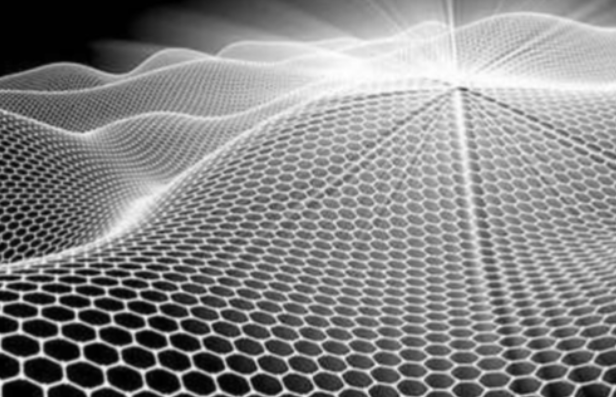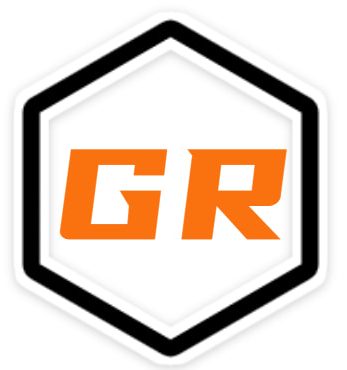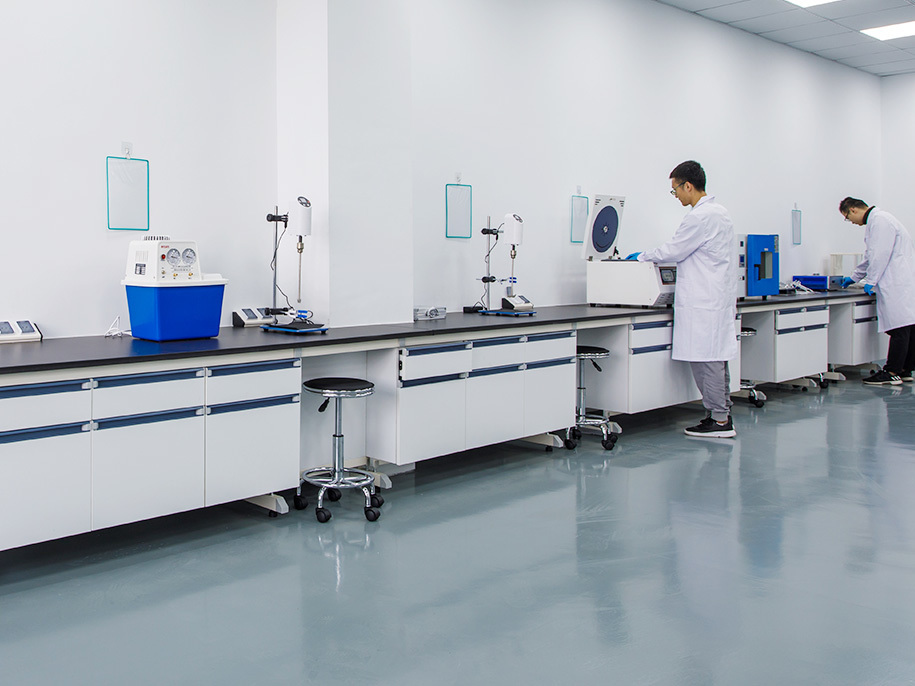Graphene Oxide in High-Performance Coatings and Paints
Enhancing Durability, Fire Resistance, and Protection with Advanced Nanomaterials
Modern industries—from construction and automotive to marine and aerospace—demand coatings that can withstand extreme conditions while maintaining aesthetics and long-term durability. Traditional coatings often fail under harsh environments, suffering from corrosion, UV degradation, or mechanical wear.

Enter Graphene Oxide (GO) — a nanomaterial derived from graphene, offering an exceptional combination of mechanical strength, chemical resistance, and barrier performance. Over the past decade, researchers and manufacturers have explored how GO-based coatings and paints can outperform conventional materials, enabling a new generation of protective, anti-corrosive, and fire-resistant surfaces.
What Is Graphene Oxide (GO)?
Graphene Oxide is a chemically modified form of graphene that contains oxygen-containing functional groups (hydroxyl, carboxyl, and epoxy). Unlike pristine graphene—which is hydrophobic and difficult to disperse—GO is hydrophilic, allowing it to mix easily with water-based paints, resins, and polymers.
This makes it ideal for industrial coatings, where uniform dispersion is essential for consistent performance and large-scale application.
| Property | Graphene Oxide | Pristine Graphene |
|---|---|---|
| Electrical Conductivity | Moderate | Very High |
| Oxygen Functional Groups | Present | None |
| Dispersibility in Water | Excellent | Poor |
| Barrier Performance | Excellent | Excellent |
| Compatibility with Polymers | High | Moderate |
How Graphene Oxide Improves Coatings and Paints
The remarkable versatility of GO lies in its two-dimensional layered structure and chemical tunability. When added to paints and coatings (even in very small quantities, typically <1 wt%), it delivers multi-functional improvements.
1. Anti-Corrosion Properties
One of the most valuable benefits of GO in coatings is its superior corrosion resistance.
When incorporated into epoxy, polyurethane, or acrylic coatings, GO creates a tortuous diffusion path that significantly slows down the penetration of oxygen, water, and chloride ions—the main agents of corrosion.
Barrier Mechanism
Graphene oxide sheets act like nano-bricks, overlapping within the polymer matrix to form a compact, impermeable layer.
This prevents corrosive species from reaching the metal surface underneath.
Studies show that GO-enhanced epoxy coatings can reduce corrosion rates by up to 90–95% compared to unmodified coatings after salt-spray or immersion tests.
Additionally, the oxygen groups on GO improve adhesion between the coating and metal substrate, reducing delamination over time.
Applications:
-
Offshore platforms and pipelines
-
Automotive chassis and underbody protection
-
Bridge and marine coatings
2. Fire and Thermal Resistance
Beyond corrosion protection, GO also contributes to fire retardancy and thermal stability in coatings and paints.
When exposed to high heat, GO:
-
Forms a carbonaceous char layer, which acts as a physical barrier against flame spread.
-
Inhibits the release of flammable gases from the polymer matrix.
-
Enhances thermal conductivity, allowing heat to dissipate more evenly.
In intumescent coatings—used for fireproofing steel structures—adding GO (0.5–1 wt%) can improve char layer integrity, reduce heat release rate, and delay ignition time by up to 30–40%.
Applications:
-
Building fire-protection coatings
-
Ship interiors and fuel storage areas
-
Aerospace composites
3. Mechanical Reinforcement
Graphene oxide is renowned for its mechanical strength (intrinsic tensile strength >100 GPa) and modulus (~1 TPa). Even at low loadings, GO significantly improves the hardness, impact resistance, and abrasion resistance of coatings.
Mechanically, GO acts as a nano-reinforcement within the polymer matrix:
-
Restrains crack propagation under stress.
-
Improves elastic recovery during deformation.
-
Increases scratch resistance for automotive and marine coatings.
Epoxy-GO nanocomposite coatings show up to 60–80% higher tensile strength and 2–3× improved wear resistance compared to baseline formulations.
Applications:
-
Automotive clear coats
-
Aerospace protective layers
-
Machinery and industrial flooring
4. UV and Chemical Resistance
GO’s structure effectively blocks ultraviolet radiation and chemical attack. When incorporated into paints:
-
It delays photo-oxidation of the polymer binder.
-
Minimizes color fading and chalking.
-
Protects surfaces from acidic or alkaline environments.
For outdoor infrastructure and vehicles exposed to sunlight, this translates to longer coating lifetimes and reduced maintenance costs.
Processing and Formulation Approaches
1. Dispersion Techniques
Achieving a uniform dispersion of GO in coatings is crucial. Common approaches include:
-
Ultrasonic exfoliation for nanosheet separation
-
Surface functionalization (e.g., silane or amine groups) to improve compatibility
-
Solvent-assisted mixing for polymer resins
A well-dispersed GO network ensures consistent barrier performance and optical uniformity in transparent coatings.
2. Hybrid and Composite Systems
Many formulations now use GO hybrids, where GO is combined with:
-
Metal nanoparticles (ZnO, TiO₂) for photocatalytic and UV-blocking properties
-
Polyaniline (PANI) or polyimide for enhanced conductivity and toughness
-
Silica or clay to further improve barrier and mechanical integrity
These multi-functional composites deliver both active and passive protection, far exceeding traditional paints.
Case Studies and Industry Research
-
University of Manchester demonstrated that a GO-epoxy composite reduced corrosion current density by an order of magnitude, thanks to enhanced impermeability and adhesion.
-
Nanyang Technological University (NTU) developed GO-polyurethane coatings with self-healing and anti-corrosion performance through electrochemical reduction of GO during service.
-
Industrial adoption: Companies like Applied Graphene Materials (UK) and GrapheneCA (US) are already commercializing GO-enhanced coatings for automotive and construction sectors.
Challenges and Future Outlook
Despite the clear benefits, some challenges remain before GO-based coatings reach mass adoption:
-
Dispersion Stability: Preventing GO re-aggregation over time requires optimized surface chemistry.
-
Cost Efficiency: GO production is more expensive than traditional pigments; scalable, low-cost synthesis (e.g., electrochemical oxidation) is needed.
-
Long-Term Durability: Real-world aging under sunlight, humidity, and temperature cycles still requires long-term field validation.
However, as production costs fall and GO quality improves, the technology is expected to expand across:
-
Marine coatings with self-healing anti-corrosion properties
-
Fire-resistant architectural paints
-
Smart coatings that combine sensing and protection
The global graphene coating market is projected to exceed USD 1 billion by 2030, driven by demand for eco-friendly and high-performance materials.
Graphene Oxide is redefining what paints and coatings can achieve. By integrating GO nanosheets, manufacturers can produce coatings that are stronger, safer, and more durable—offering simultaneous resistance to corrosion, fire, and wear.
For industries facing tough environmental conditions—from ships and bridges to vehicles and skyscrapers—GO-based coatings represent a practical path toward long-lasting protection and sustainability.
While challenges remain in cost and large-scale formulation, the progress so far suggests that Graphene Oxide coatings are not just a laboratory curiosity—they are the future of high-performance surface protection.

